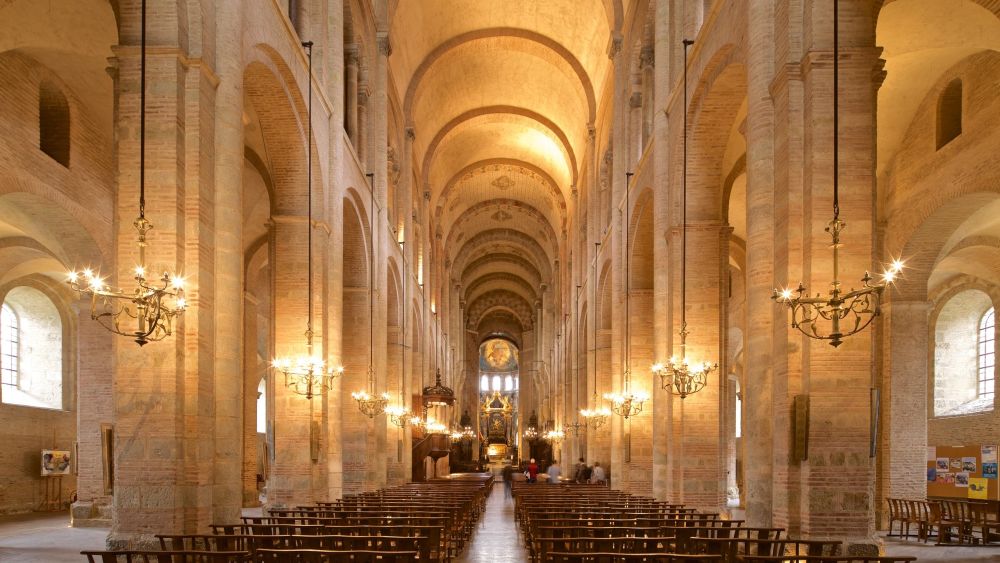

The Basilica of Saint-Sernin stands as one of the most prestigious monuments in Toulouse and a key destination for tourists and pilgrims alike. This historic church, a masterpiece of Romanesque architecture, encapsulates the rich history of the Midi-Pyrénées region and serves as a beacon to those tracing the routes of the Santiago de Compostela pilgrimage.
Built over the relics of Saint Saturnin, the first bishop of Toulouse who was martyred in the 3rd century, the Basilica of Saint-Sernin has played a vital role in religious history. The construction of the current basilica started around 1080 to accommodate the increasing number of pilgrims visiting the saint's tomb. Today, it is a UNESCO World Heritage Site, recognized for its significance to the Cult of St. James and the network of pilgrimage routes to Santiago de Compostela in Spain.
Throughout the centuries, the Basilica of Saint-Sernin has been a magnet for visitors. In the medieval era, it was a prominent stop for pilgrims, and this tradition continues to the present day. Tourism in the area surged notably after being listed as a UNESCO World Heritage Site in 1998 as part of the "Routes of Santiago de Compostela in France". Since then, the city of Toulouse and the basilica have become a crossroads of cultural and spiritual encounters, enticing not only the religious but also those with a penchant for history, art, and architecture.
Recently, tourism at the Basilica of Saint-Sernin has been influenced by several modern trends:
The Basilica of Saint-Sernin is open to the public, offering guided tours that shed light on its historical significance and architectural beauty. Special events, such as concerts and religious services, take advantage of the site's exceptional acoustics and solemn atmosphere. Visitors can also climb the bell tower for a panoramic view of Toulouse, further enhancing the basilica's allure for tourists.
The Basilica of Saint-Sernin remains a jewel in the crown of Toulouse, attracting visitors from around the globe. Its intricate façade, the harmony of its proportions, and the serenity of its nave continue to inspire awe and devotion. As a living monument, it dynamically integrates new trends while preserving the spirit of the pilgrimage that has been its lifeblood for centuries.